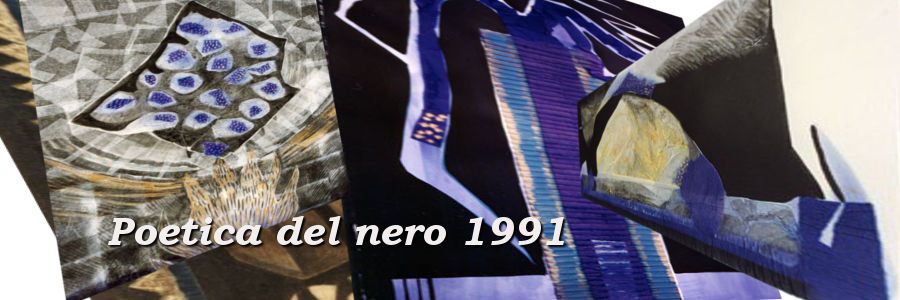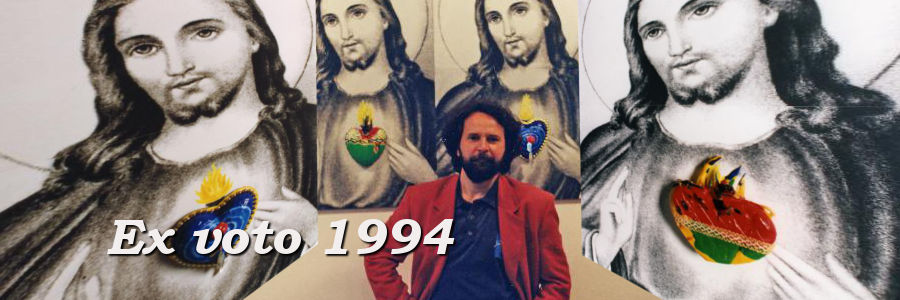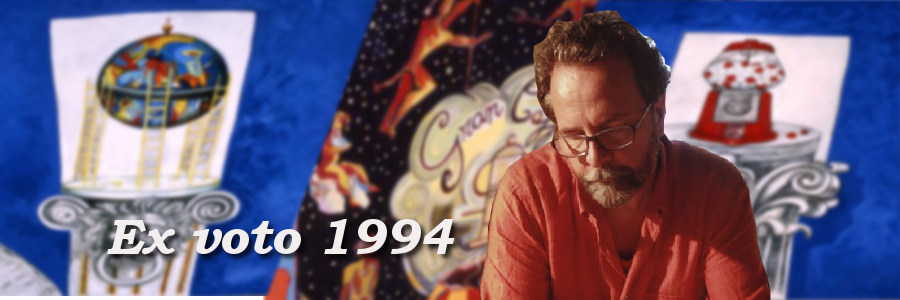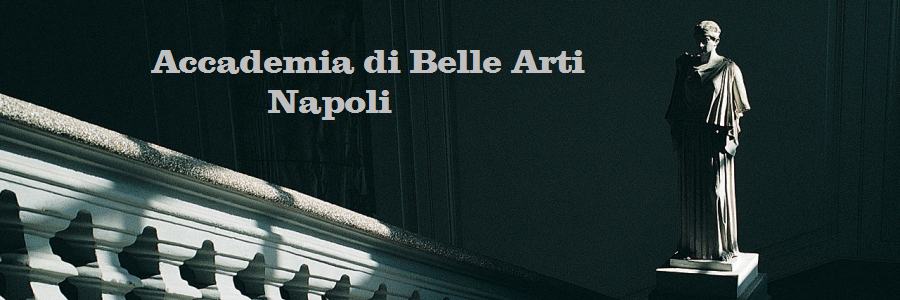DOMENICO CASTALDI
Study: via della Resistenza, 11 – 30026 Portogruaro (VE) – Italy
Email address: castaldidomenico54@libero.it
Website: www.domenicocastaldi.it
Accademia di Belle Arti di Napoli
Some important exibitions:
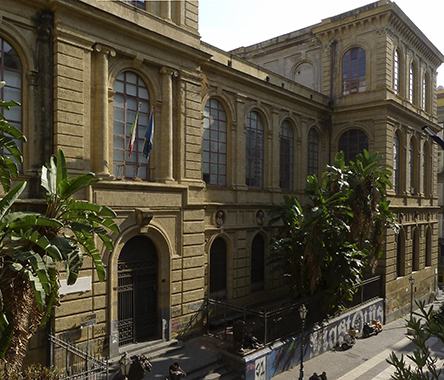
- Arte Fiera Bologna (Bologna)
- Art gallery Il Brandale (Savona)
- Art gallery La Roggia (Pordenone)
- Studio Laboratorio by Anna Virando (Turin)
- Datini Palace (Prato)
- Centro d’arte Grigoletti (Pordenone)
- Castle of Rivara (Turin)
- Art gallery V.S.V. (Turin)
- Casa Giorgione Museum (Castelfranco Veneto, Treviso)
- Art gallery “Le Cheval de Sable” (Paris, UNESCO AIAP Patronage)
- Art gallery Alvona (Albona, Labin, Croatia)
- “IN RETE” – Gruppo Sintesi. Galleria Trasparente – Milan
- Pavilion Tibet – Santa Marta Congressi – Spazioporto (Venice)
- Pavilion Tibet – 4th edition Bienal del Fin del Mundo (Mar del Plata, Buenos Aires), 12/12/2014-28/02/2015
- Sculpture Biennial 2015 “In Acqua – in Piazza – in Aria” (Piazzola sul Brenta, Padua), 24/04 – 26/10/2015
Domenico Castaldi studied at the Art School and at the Accademia di Belle Arti of Naples. When he moved to Portogruaro (Venice) he decided to accompany the profession of teacher with those of cultural operator, painter and sculptor. He has always rejected banality and the fascination of an uprooted modernity to privilege painting as a place in which he can externalize his inner world.
He has begun to exhibit in many significant locations during the Eighties receiving positive criticisms both from critics and from the audience and confirming his art on a high-tone figurative orientation. From the beginning his personal style has been characterised by a Neapolitan nature and by a combination of subtle irony with vague anxiety. In the Nineties he has started to measure himself against sculpture too. He still communicates through the molding essence of terracotta, that is clay. This soft and weak material can be worked and transformed on the basis of the artist’s will in order to create figures which are distinguished not only by an original incisiveness but by touching chromatic features too. His sculptures are enriched by a Baroque and popular exuberance and sometimes can be the products of mythical influences.
